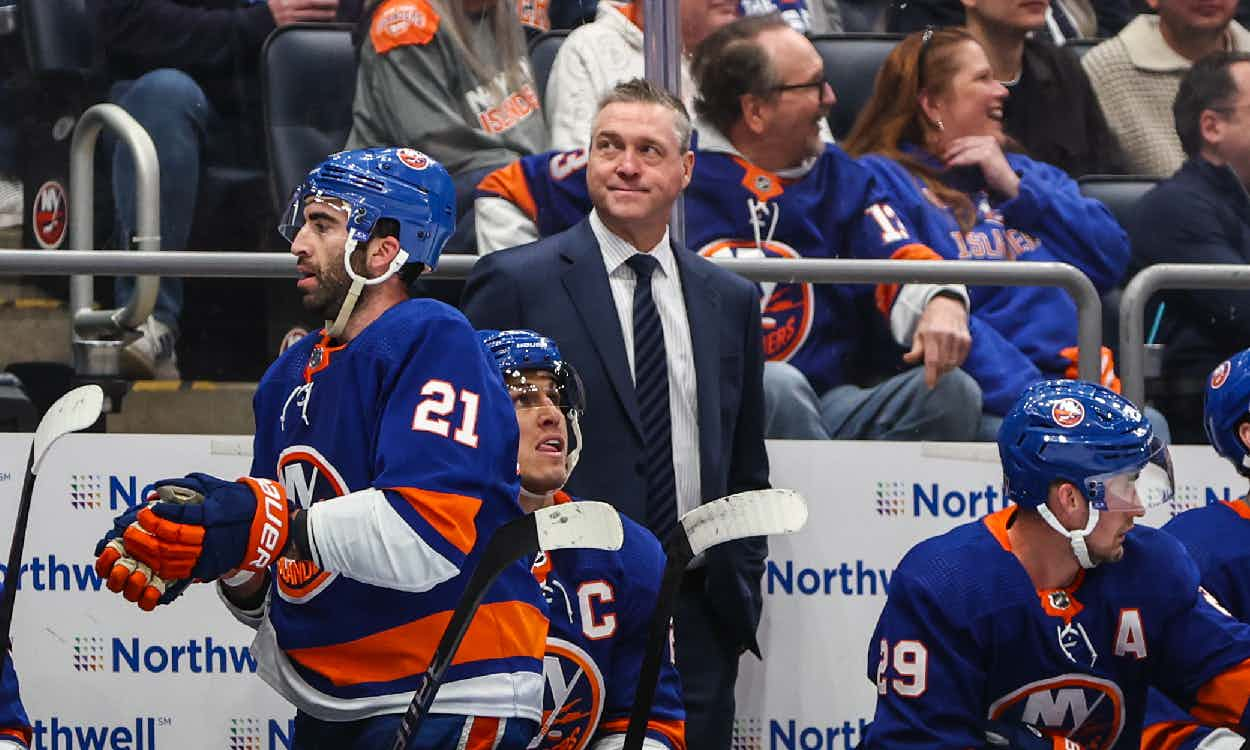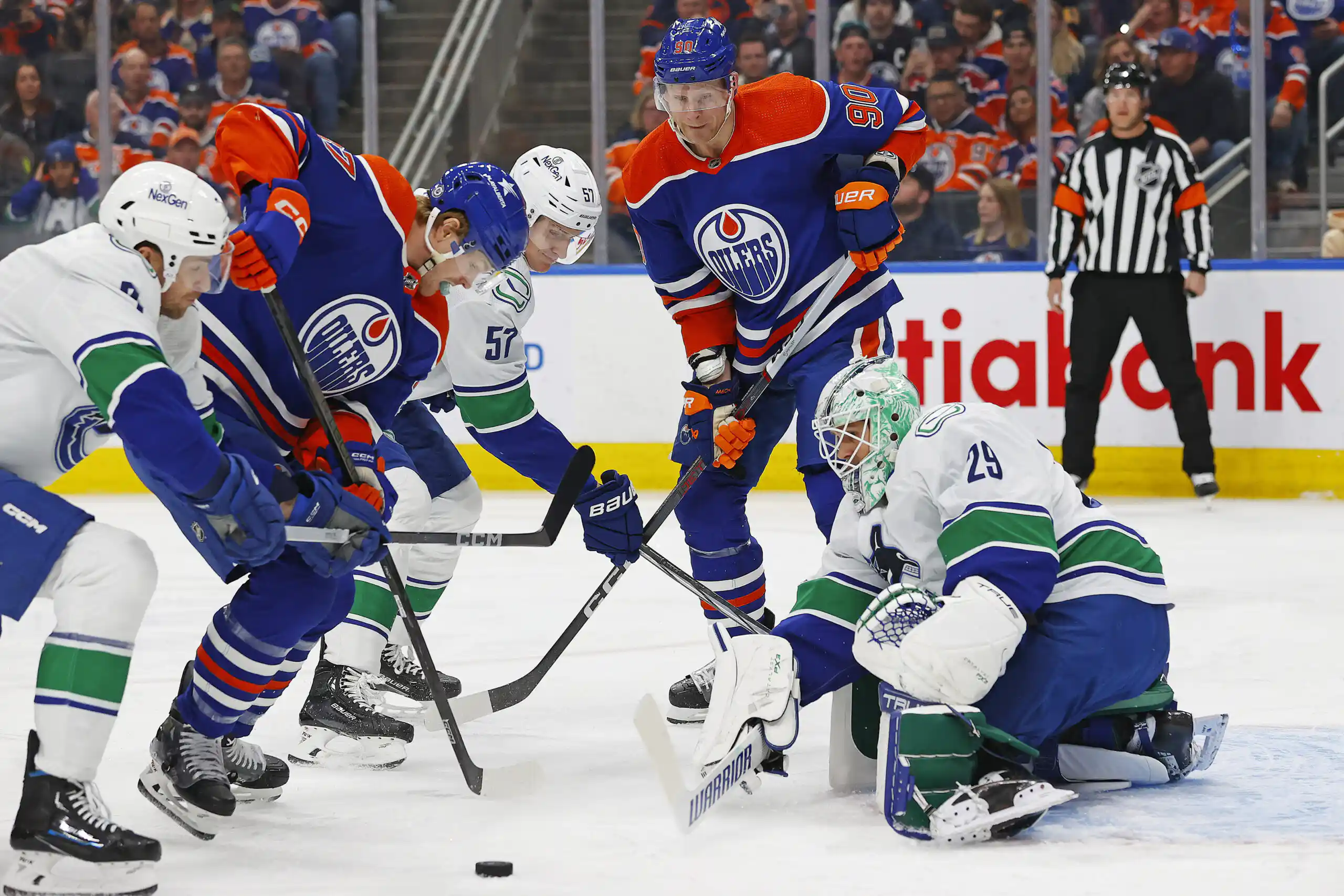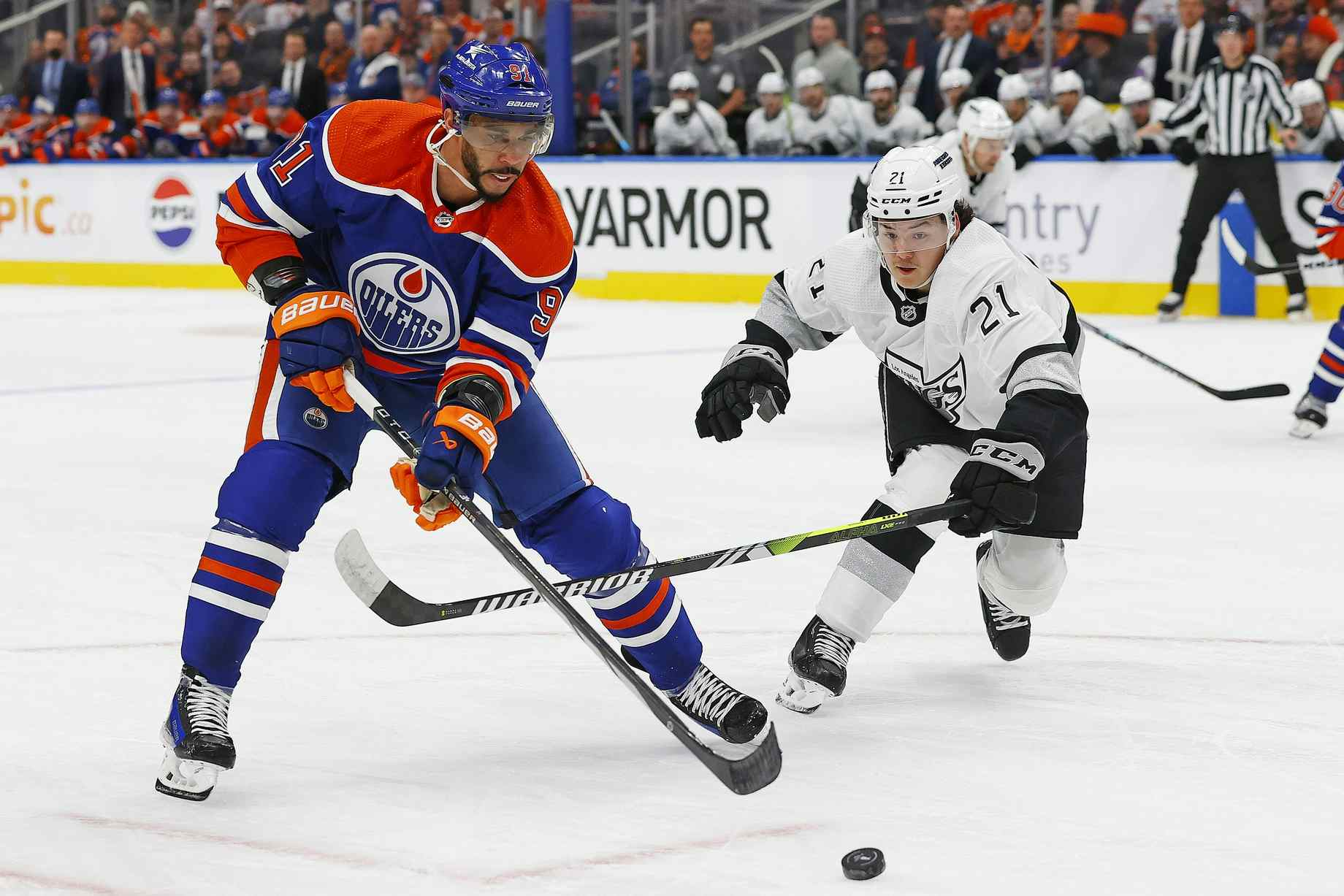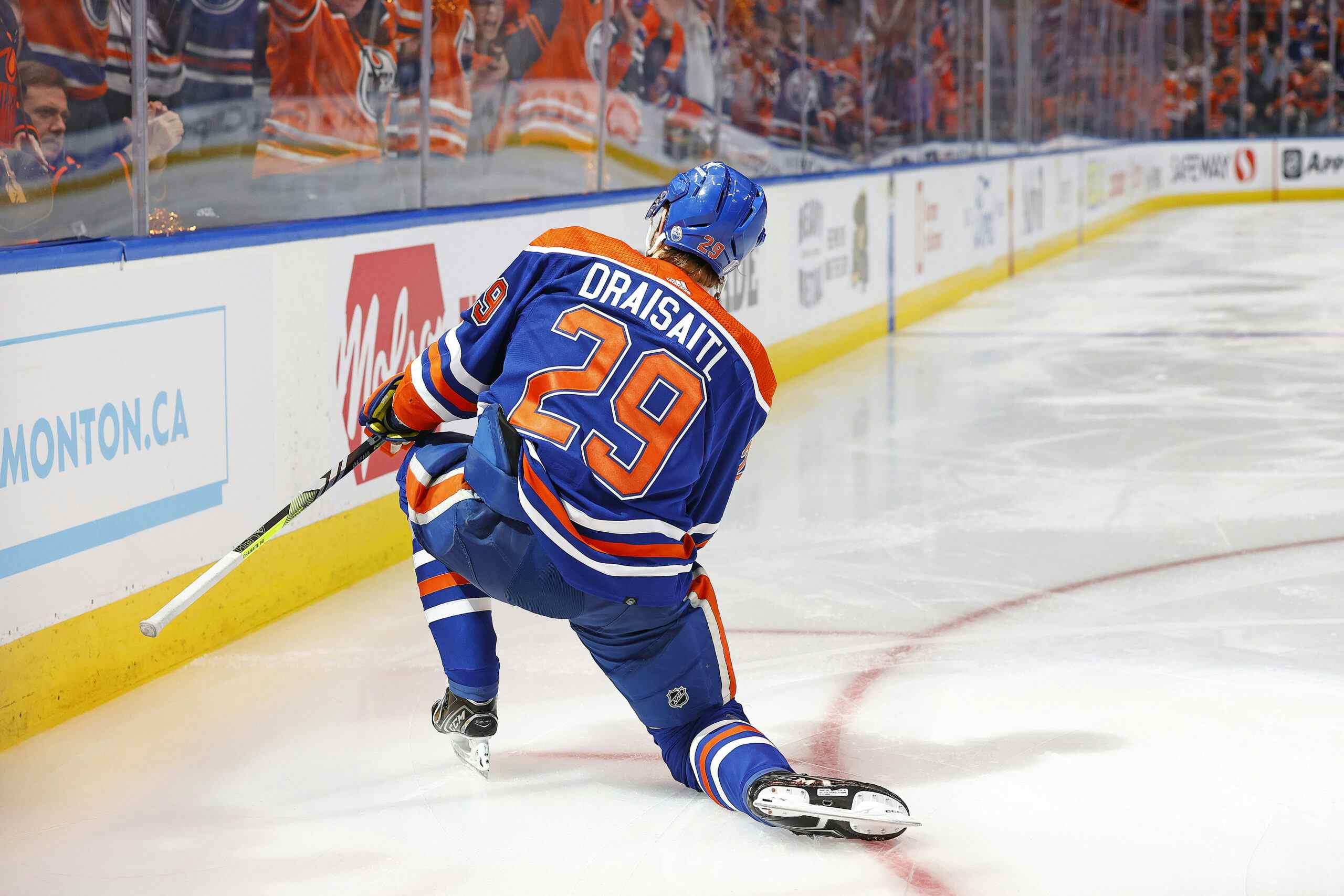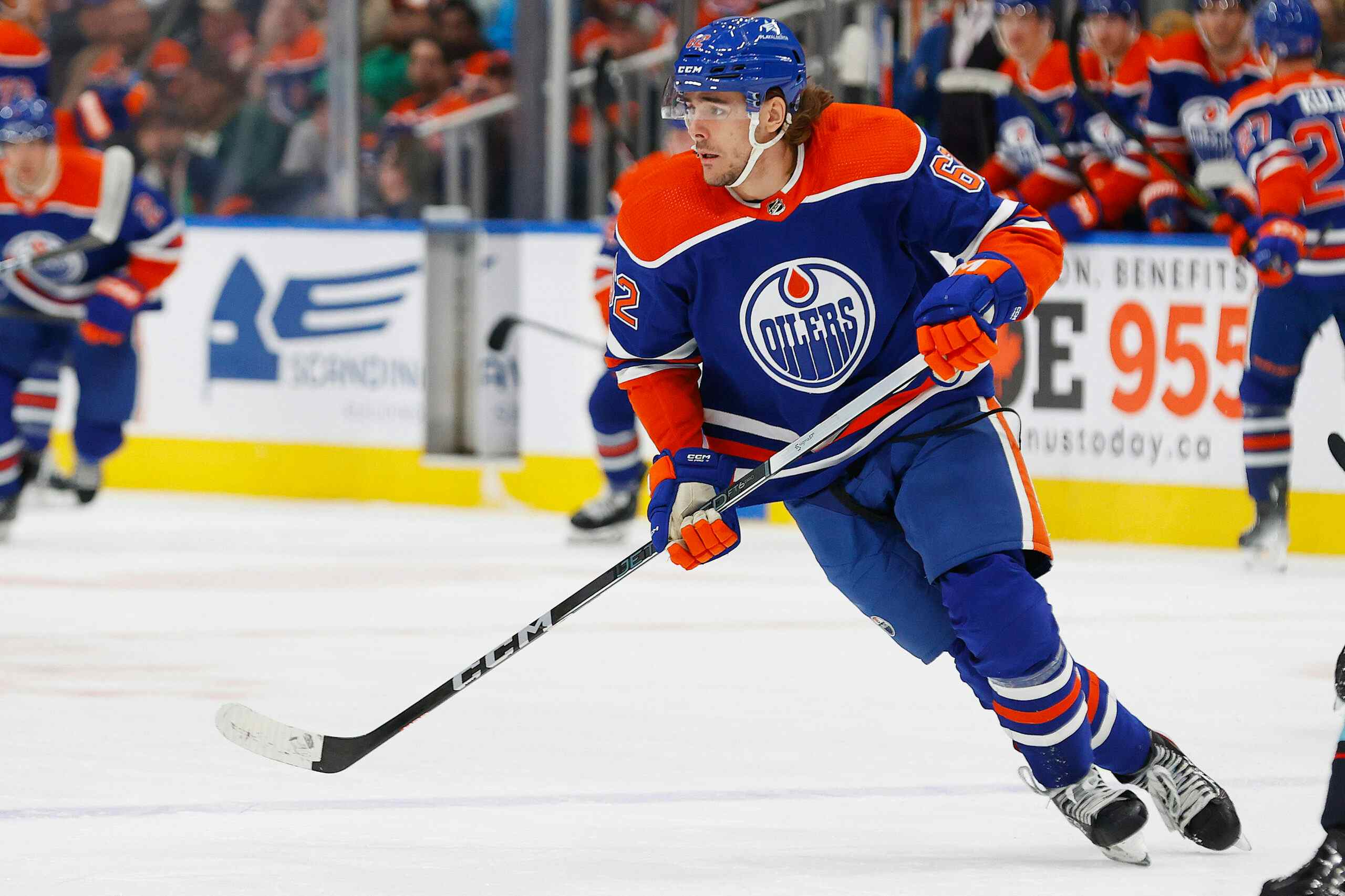GROUPTHINK: ROOM FOR DISSENT?

I wonder how many times since 2000 somebody inside the management group of the Edmonton Oilers has looked Kevin Lowe in the eye and offered the opinion that he’s absolutely wrong, mistaken or misguided?
Not often, during his tenure as general manager from 2000-08 and as president of hockey operations since 2008, I imagine. Now, with Lowe as POHO, Craig MacTavish as GM, Scott Howson back in the fold as senior VP of hockey operations and new man Bill Scott promoted from Oklahoma City to assistant GM, how much debate and dissent will there be in the hockey-ops decision-making chain moving forward?
How often in hockey management, in management in general, do we hear about the importance of being on the same page? About “teamwork” and like-minded individuals working for a common goal? Sounds reasonable at first blush, no? Be it hockey-operations or running a company that produces widgets, many management groups are built on such principles – consensus by people who, generally speaking, see things as you do, think as you do.
That said, how much of a leap is it for a management group to go from the comfortable harmony of like-mindedness to groupthink, where meaningful dissent is all but absent? The definition of groupthink, from the psychology section of About.com:
Groupthink is a term first used in 1972 by social psychologist Irving L. Janis that refers to a psychological phenomenon in which people strive for consensus within a group. In many cases, people will set aside their own personal beliefs or adopt the opinion of the rest of the group. People who are opposed to the decisions or overriding opinion of the group as a whole frequently remain quiet, preferring to keep the peace rather than disrupt the uniformity of the crowd.
Given the make-up of the Oilers hockey-ops management group – how it’s comprised and how the people in the positions they’re in now got there – and the decidedly dismal results fans have endured since 2000, that leap is worth contemplating after eight straight years out of the playoffs.
TIES THAT BIND

Lowe and MacTavish have known each other since the mid-1980s. They’ve been teammates, friends and confidants for 30 years. After six years away as GM of the Columbus Blue Jackets, Howson returned to an organization he first joined in 1994, as GM of the Cape Breton Oilers. Those are the three top three spots on the decision-making totem pole in hockey-ops.
This is the group – Lowe, MacTavish and Howson – that has shaped and will shape the organization. They decide on the coaching staff, the scouting staff and the organizational staff. They make the hires. In doing so, they decide who offers input and information, be it a player development director like Rick Carriere, a member of the scouting staff or an assistant coach.
More than a few hockey men have come and gone in the last decade as far as the top slots in hockey-ops and their hires are concerned: Steve Tambellini, Rick Olczyk, Kevin Prendergast, Pat Quinn, Tom Renney, Ralph Krueger, Charlie Huddy and Bill Moores (in, out and in again as senior director of player development), to name eight. Lots of changes in the pro and amateur scouting staffs, too.

The point here isn’t to swat at the low-hanging fruit yet again – the Old Boys Club assembled by owner Daryl Katz and the EIG before him, cronyism, friendships trumping qualifications. Fire Lowe. Fire Kelly Buchberger. Fire everybody who has ever worn an Oiler jersey. Blah, blah, blah.
It’s to ask, after more than two mostly lean decades since the last Stanley Cup parade, if there’s too much “we know a thing or two about winning, if there’s ever a question,” and not enough debate, dissent and willingness to challenge the status quo and re-think everything from top to bottom within this management group.
I’d suggest answers are long overdue.
Listen to Robin Brownlee Wednesdays and Thursdays from 3 p.m. to 5 p.m. on the Jason Gregor Show on TEAM 1260.
Recent articles from Robin Brownlee

